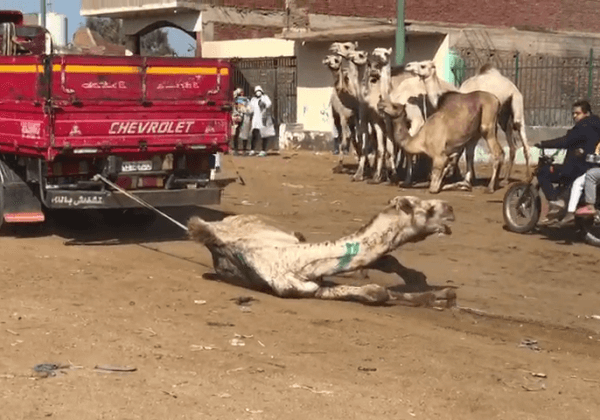Zoos: Animal Prisons
Animals in zoos, pseudo-sanctuaries, traveling displays, and roadside menageries spend their lives behind bars for human entertainment.
The living conditions at these facilities are often dismal, and animals are confined to tiny, filthy, barren enclosures. No cage or enclosure can come close to providing the space, diversity, and freedom that they need.
Captivity Drives Animals Insane
Many captive animals develop neurotic and abnormal behavior, including incessant pacing, rocking, or swaying in an effort to cope. This condition is called “zoochosis,” and it even leads some animals to chew on their own fingers, pluck out their feathers, or pick at themselves until they are bleeding and raw.
Far From Home
All over Asia, animals are taken from their homes in the wild and placed into captivity, in which they are deprived of the opportunity to satisfy their fundamental needs. In the Philippines and elsewhere, they are driven insane from the stress of being constantly confined to enclosures that are only a small fraction of the size of their natural habitats. In China, wolves are forced to jump through flaming hoops, and bears are made to perform bicycle stunts. In Indonesia, emaciated tigers are kept in cramped concrete cages, and elephants spend their lives with their legs chained together. Monkeys are dressed in costumes and forced to perform degrading tricks for crowds in South Korea, and in Japan, bears are forced to fight and beg for food. In Thailand, hundreds of animals are kept in a barren department store zoo without basic enrichment, and tigers and orangutans are used as photo props.
Conservation Con
Zoos defend their breeding programs under the guise of conservation, but many of the species that are being bred aren’t endangered or threatened. None of the captive-bred species that do face extinction in the wild—including elephants, polar bears, gorillas, tigers, and chimpanzees—will ever be released back into their natural environments to help dwindling populations. Baby animals bring paying customers through the gates, and they will spend the rest of their lives behind bars.
Breeding often leads to a “surplus” of animals, so zoos routinely trade, kill, lend, sell, barter, and warehouse animals they no longer want.
Exploitation, Not Education
Zoos don’t foster respect for animals. Instead, children learn that keeping animals locked behind bars for people’s fleeting distraction and amusement is acceptable. Study after study has shown that most zoo visitors only spend a few minutes—sometimes just seconds—at each display and walk away having learned little or nothing about the animals.
The Way Forward
Ultimately, endangered species will only be saved by combating the reasons they are in trouble—including poaching, the exotic-animal trade, and loss of habitat.
There are many ways to learn about and appreciate animals without supporting zoos. With nature documentaries, educational opportunities on the Internet, and the access to international travel, learning about or viewing animals in their natural habitats can be as simple as a click of a button or a hike up a mountain.
What You Can Do
Never patronize zoos. As long as people continue to buy tickets, animals will continue to suffer. Zoos will be forced to stop breeding and capturing more animals from the wild if their financial support disappears. Talk to family, friends, and coworkers—especially those with small children—who may be inclined to go, and explain to them that every ticket purchased directly contributes to animals’ misery.










